Invited by the Yunus Emre Institute (YEE), a group of foreign academics, primarily archaeologists, is visiting Türkiye to explore Anatolia’s millennia-old cultural heritage firsthand.
The YEE, which represents Turkish language, culture, art and scientific heritage abroad, launched the “Turkish Archaeology Summer School” to promote the multilayered history of civilizations in Anatolia.
As part of the project, archaeologists and art historians from various countries were invited to Türkiye and offered a carefully organized itinerary of visits and excursions.
The program, which began in Çanakkale and continues through Izmir, Gaziantep, Şanlıurfa, and Ankara, will conclude in Istanbul. Participants include academics mainly from archaeology departments, but also from art history, museology and anthropology.
A total of 20 academics from 16 different countries are taking part in the program, experiencing Türkiye’s rich cultural heritage through scientific seminars, workshops and site visits to historical and archaeological locations.
During the Izmir leg of the program, visiting scholars explored Ephesus, the Agora of Smyrna, the ancient theater of Kadifekale, the ancient city of Teos, and the Izmir Culture and Arts Factory, observing remnants of civilizations that date back thousands of years.
Project coordinator Emre Çağlayan said that the YEE, which aims to promote Turkish culture and teach Turkish, operates in 88 centers worldwide.
He noted that participants joined from countries such as Denmark, Canada, Poland, Italy, Iran, Egypt, Tunisia, Ethiopia, Lithuania and Russia, adding, “We’ve had archaeologists, university professors, and excavation directors from many countries join this tour. Our purpose is to showcase Türkiye’s archaeological research. Türkiye is conducting extensive archaeological work. That’s why we began the tour in Çanakkale and introduced participants to Troy.”
He added: “We then moved to Izmir, where we visited the excavations at Ephesus and Teos under the guidance of their excavation heads. There’s also an academic exchange taking place. Participants are observing the current state of archaeological work in Türkiye, the methods being used, and the technologies applied. Izmir is a highly historic city. Excavations like Ephesus and Teos are major stops of ancient civilization. That’s why Izmir holds great importance for us.”
Canadian archaeologist Jaris Darwin, one of the participants, described the opportunity to witness Anatolian heritage in person as both unique and exciting.
Emphasizing the significance of visiting archaeological sites that span from the Neolithic era to the Ottoman period, Darwin said: “I believe this will contribute greatly to my professional career. It’s also incredibly valuable to learn about different archaeological methods and listen to diverse perspectives. The way museums are curated in Türkiye is very different from elsewhere. I especially admired how digital technologies are integrated into the exhibitions.”
Ane Dybkjaer from Denmark shared that she was visiting Ephesus for the second time and remained deeply impressed, “Walking through the ancient city of Ephesus feels like walking in a dream, it’s such a magical place. The Library of Celsus, in particular, is awe-inspiring. I’d love to come for a third visit. It’s one of the most beautiful places I’ve ever seen.”
Mariam Eioshvili from Georgia also described her participation in the project as a wonderful opportunity. She stressed the value of seeing excavation sites on location, stating: “As a researcher, you don’t always come across such opportunities. This has been an important step in my career. I’m now considering enrolling in a postdoctoral program in Türkiye.”

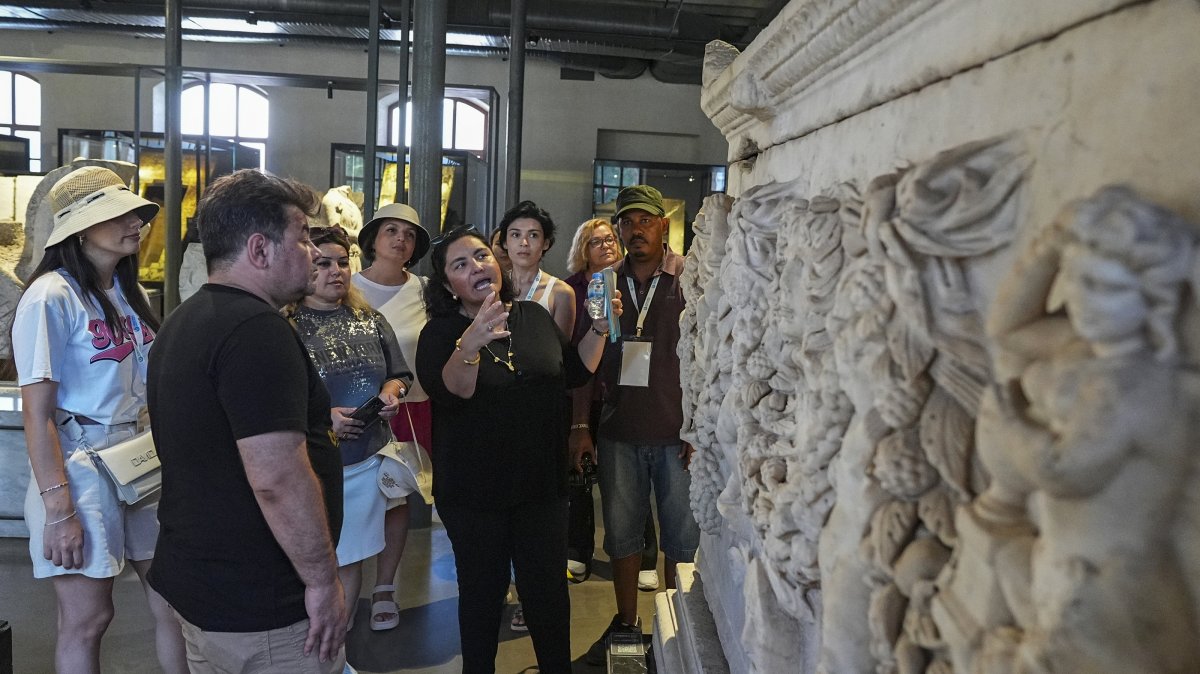

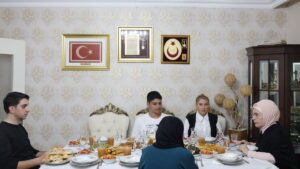

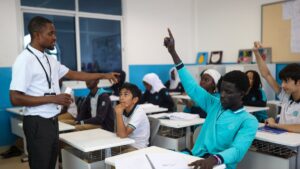
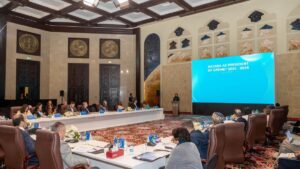

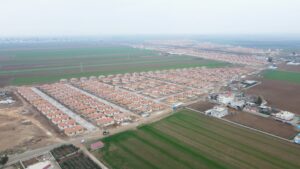

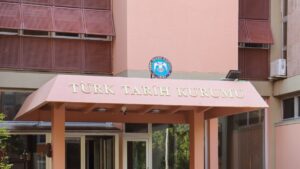

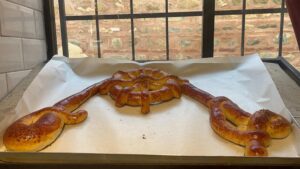

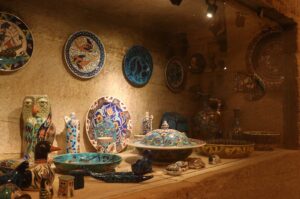
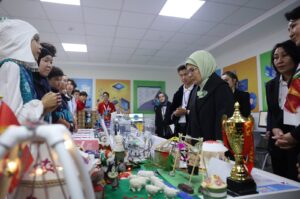
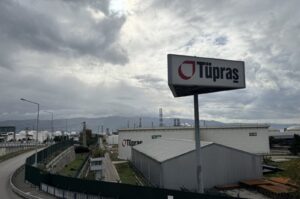
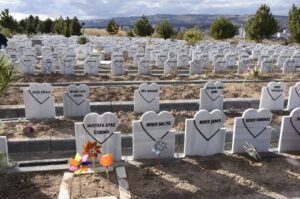
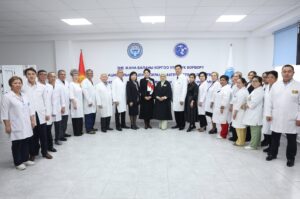


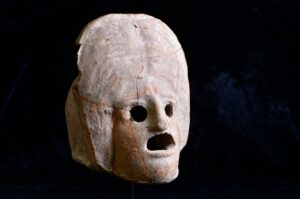
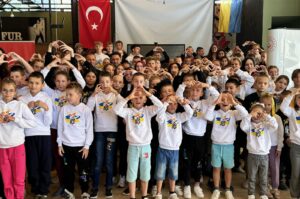
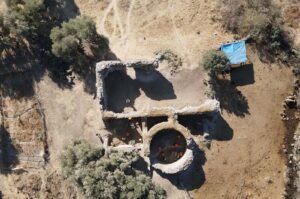
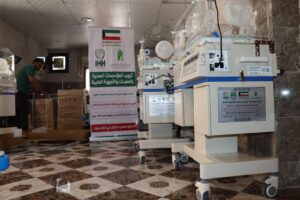
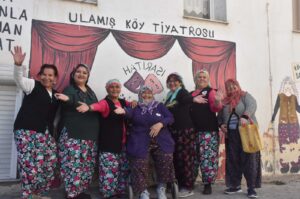
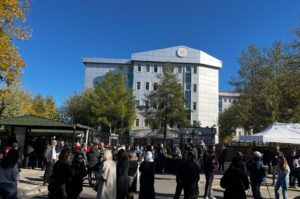
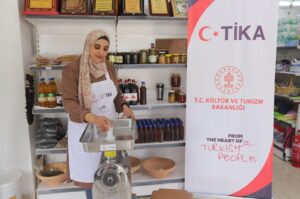
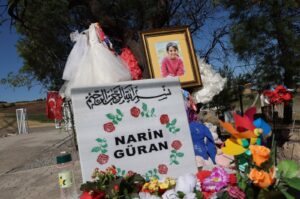
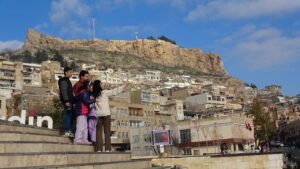
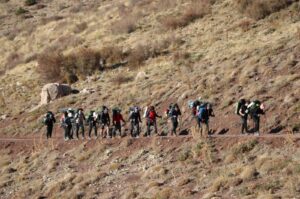
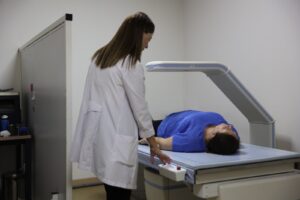
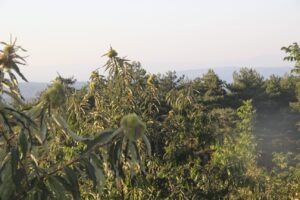
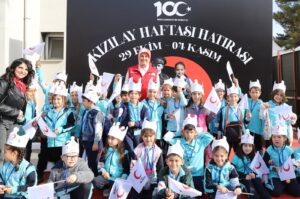
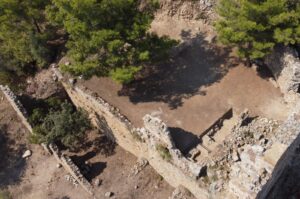
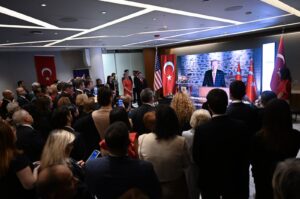
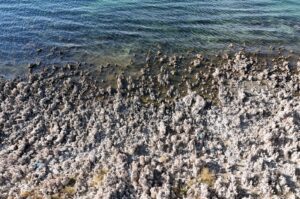
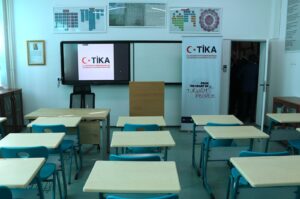



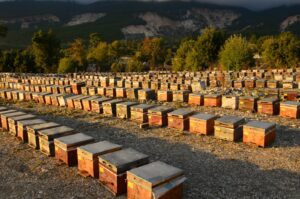
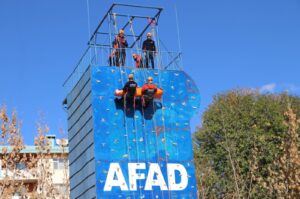
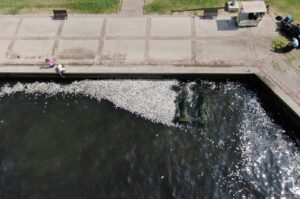

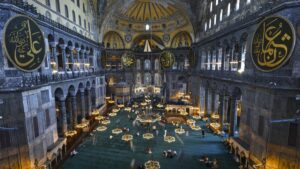






Be First to Comment